買器材 » 模組化合成器 » Modulation » Mutable Instruments Stages




THE MODULATION CONSTRUCTION SET
ASR envelope, complex 6-stage envelope, LFO, 4-step sequence or switched LFO: Stages can be any kind of modulation.
Not because all these behaviors have been pre-programmed in the module, but because it allows you to describe your own modulations in terms of basic operations: ramp from one voltage to another, hold a voltage at a set level, wait for a trigger and slew. With or without looping.
Whether you need one complex envelope, or several simpler modulations, Stages reconfigures itself according to which of its gate inputs are patched. There is always a role for it in your patch.
THAT’S IT
Really, there isn’t more to the story.
Self-generating chiptunes? Very weird LFO shapes? Random gate delay? Stages probably does strange and wonderful things when patched in a certain way.
Flexible input/output layout
The module detects the presence of jacks on its gate inputs to group its segments: whether it is configured as a complex 6-stage envelope, or 6 individual envelopes, or 3+3, 2+4… depends simply on how you patch it. Dummy patch cables might come handy!
When used as a multi-segment envelope, a segment activation signal is produced on all secondary outputs - for example to trigger an external event when an ADSR envelope enters its decay, sustain or release stages.
In case more than 6 segments are required, up to six modules can be chained together thanks to a connector at the back of the module.
Three segment types
- Ramp segments go from one voltage to another, in a CV-controlled amount of time, with an adjustable curve (accelerating, uniform, decelerating). They are the building block used for the attack, decay or release segments in envelopes… or for LFOs.
- Hold segments stay at a constant (but CV-controllable) voltage for a programmable amount of time. They serve as the sustain or hold segments in envelopes.
- Step segments glide to a target (CV-controllable) voltage, then stay at this voltage for a certain amount of time until a trigger is received. They are the main ingredient for step sequences, but also for building sequential switches or a sample-and-hold.
Looping
A segment, or a group of segments, can loop on itself: if the last segment of the envelope is included in the loop, the loop lasts forever. Otherwise, the loop remains active while the gate is high, then continues past the last segment of the loop. These two behaviors allow the creation of self-looping envelopes (LFOs), or the sustain stage of a good old ADSR envelope!
Single segment processing
Even when they aren’t part of any group and don’t receive any gate or trigger signals, individual segments can perform interesting functions: Ramp can loop on itself and turn into an LFO, Hold can delay a CV and Step can slew it.
Now patch a trigger signal: the self-looping Ramp turns into a tempo-synced LFO, the Hold segment becomes a pulse generator, the Step segment a sample-and-hold.
Specifications
- CV output: from 0V to +8V. A negative CV down to -8V can be generated by a Hold or Step segment if this segment is CV modulated.
- Segment duration from 1ms to 16s.
- All inputs: 100k impedance, DC to 2kHz.
- 31.25kHz refresh rate.
- 16-bit CV capture, 14-bit CV generation with accurate software calibration. Error below 2mV.



使用評論:
購物須知 Q&A
Q1 . 何謂鑑賞期?
依消費者保護法之規定,網路購物享有商品到貨日起算七天猶豫期。必須提醒您,「 猶豫期並非試用期 」,鑑賞期目的為提供您檢視、參考,並非提供您商品的試用,若您收到商品經檢視後有任何不合意之處,請勿拆封使用,並立即依照退貨規定辦理退貨。商品退換貨必須是完整包裝,且勿缺漏各項配件及贈品,或自行拆損原廠包裝與外盒。若有任何遺失、損毀或是缺件,可能會引響到您的退換貨權益,也可能依照損毀狀況扣除復原之相關費用。
Q2 . 如何辦理退換貨?
若您確定要辦理退貨,請務必保持商品全新完整包裝,且勿損毀原廠外盒。包含商品本體、配件、保證書、原廠包裝、附隨說明文件等,均須包含在內,勿缺漏任何一項。若有其他可歸責您的原因,造成商品損毀,將無法辦理退貨,或須將損壞費用於退款中扣抵。但商品如有新品瑕疵問題,則不在此限,享有無條件退換貨服務。
請於鑑賞期內來電或來信,詳細告知我們欲退換貨之原因、商品現況、電話,及取件的地址,我們將於 3 - 5 個工作天內安拍退貨事宜。
Q3 . 如何收到退款、需要多少時間?
依不同付款方式,退款方式與時間也不同,說明如下:
信用卡付款:帶我們收到退貨商品後約 5 至 7 個工作天,款項將會退至您信用卡帳戶。請依信用卡結帳日判斷,刷退款項可能列於本月或次月帳單,退款進程請向信用卡發卡銀行確認。
匯款:請聯絡 service [at] digilog.tw 並提供您的完整匯款資料(銀行、分行名稱、銀行代號、戶名、帳號),我們將派快遞公司前去取回您的退換貨商品,並於 5 至 7 個工作天,將款項匯還至您所指定的帳戶。
Q4 . 商品維修的運費需要自行負擔嗎?
商品維修的往返運費須自行負擔。
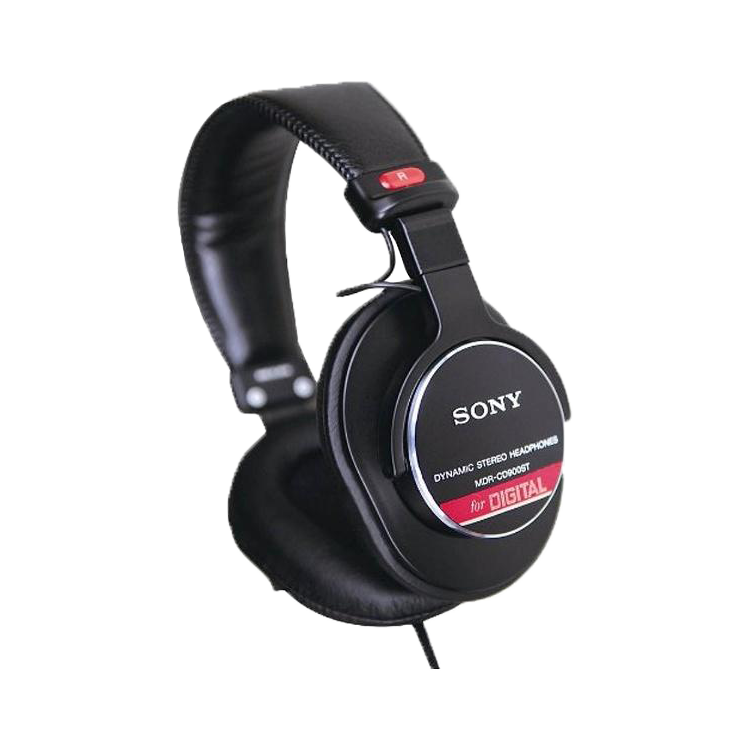

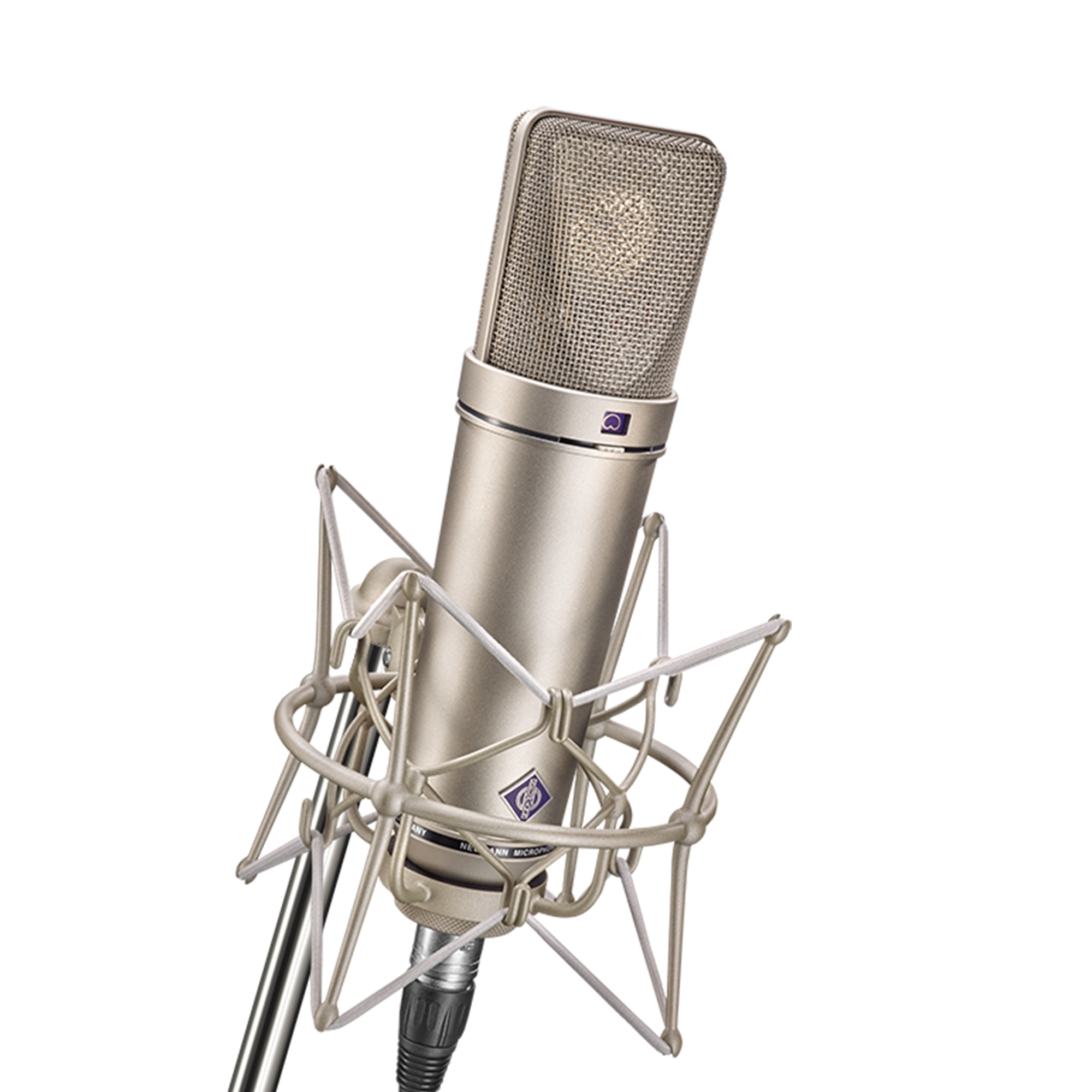
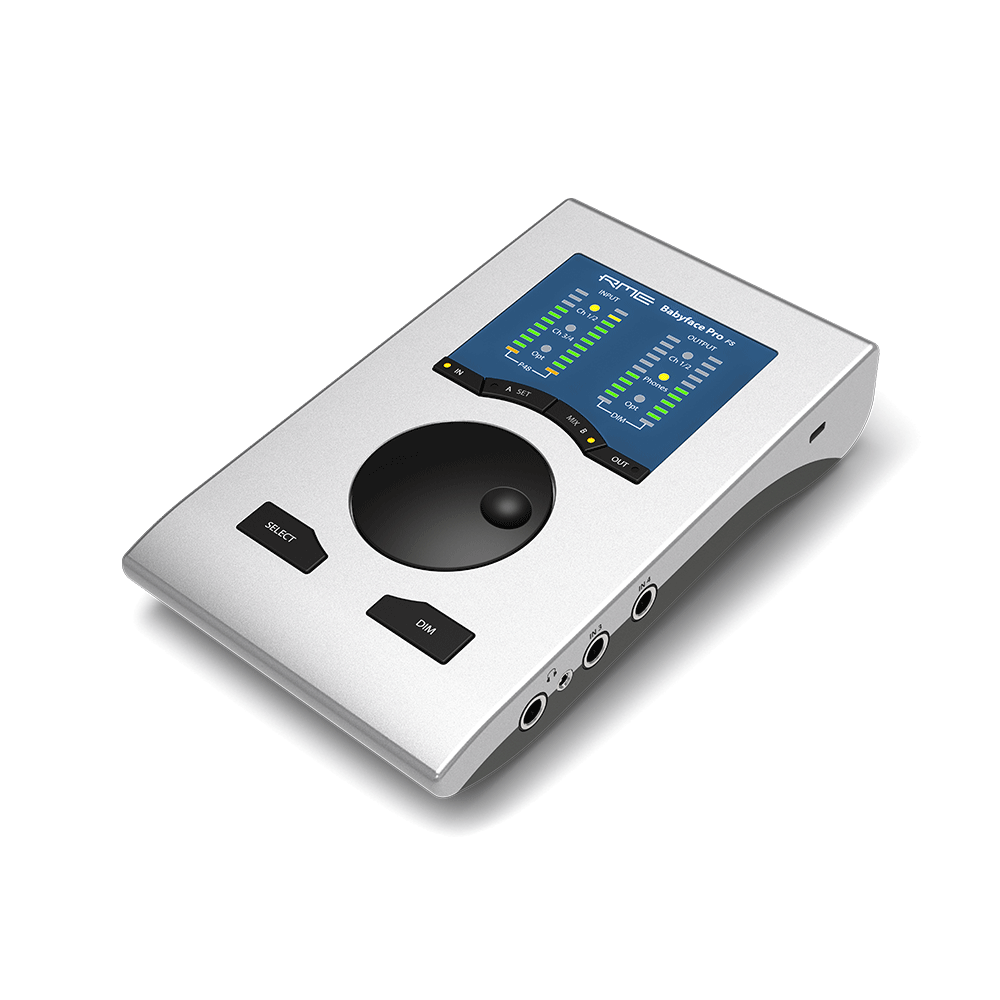
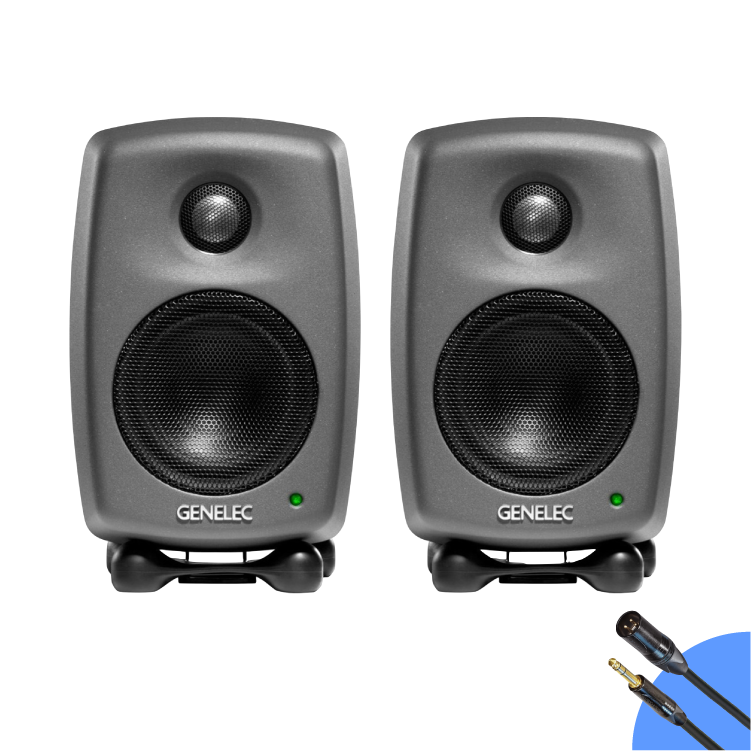
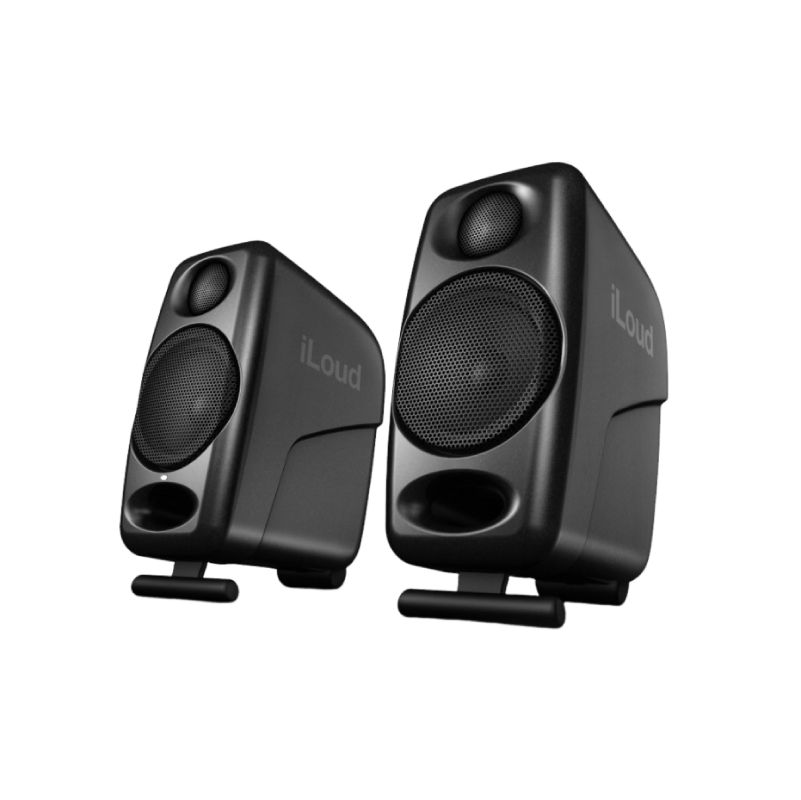
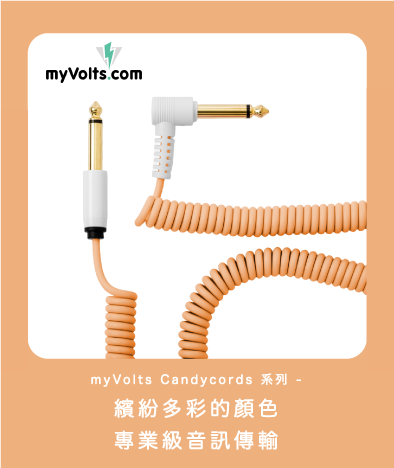
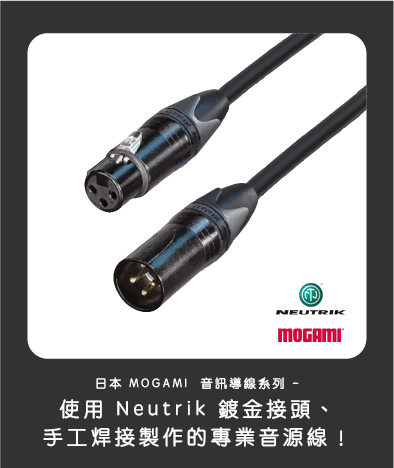

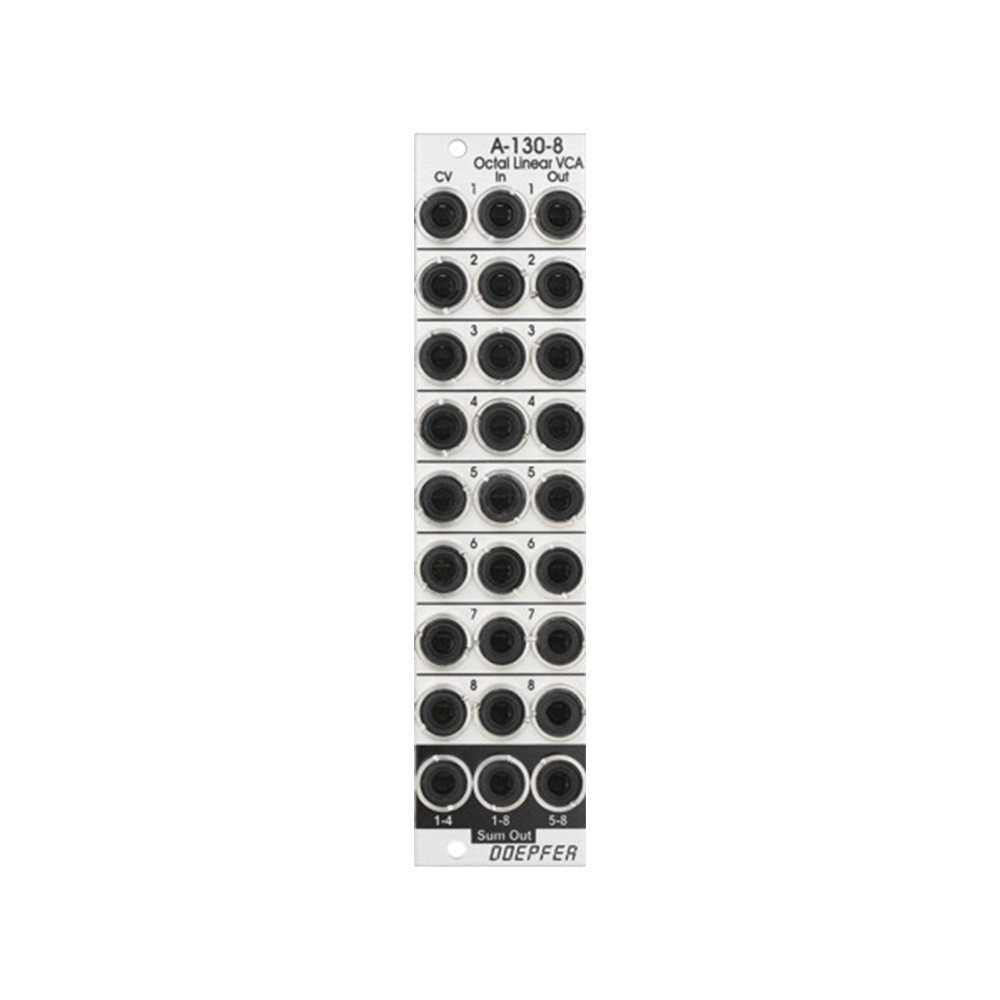
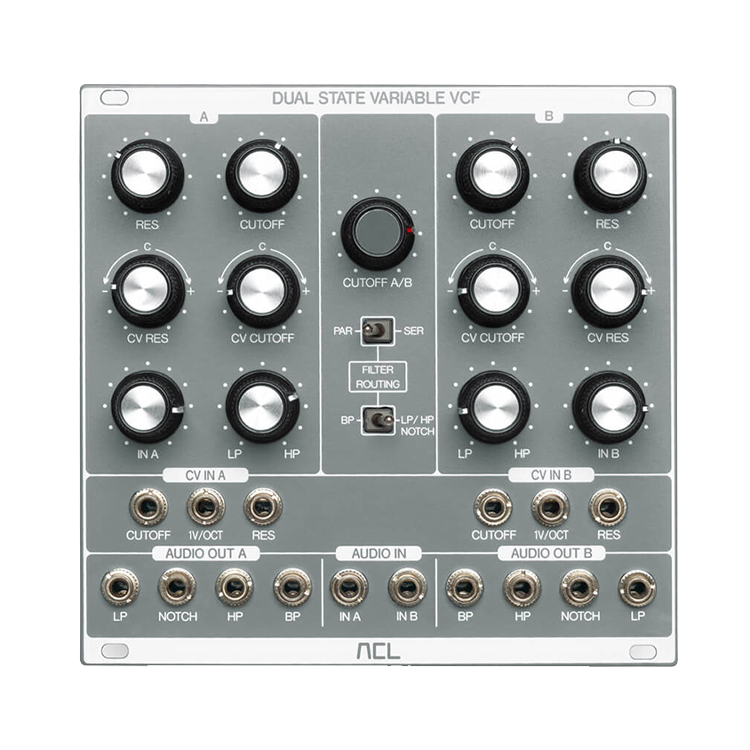
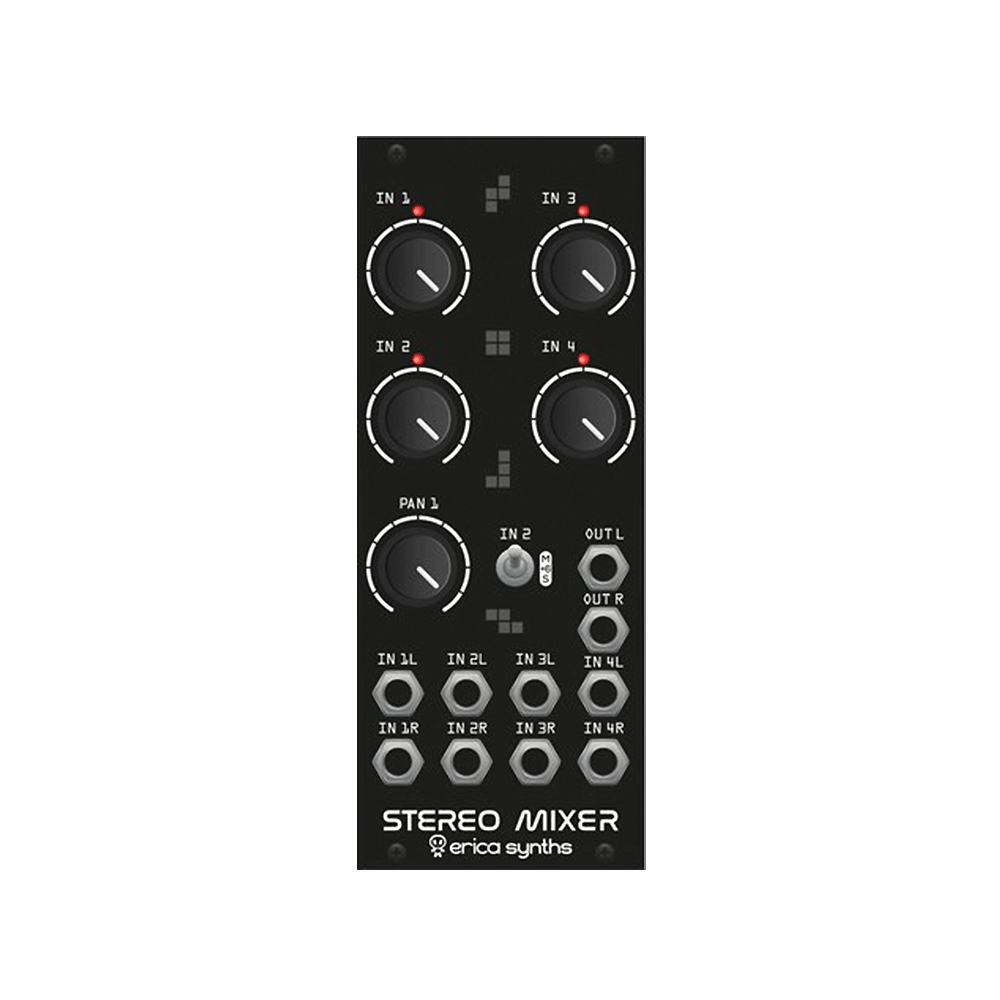

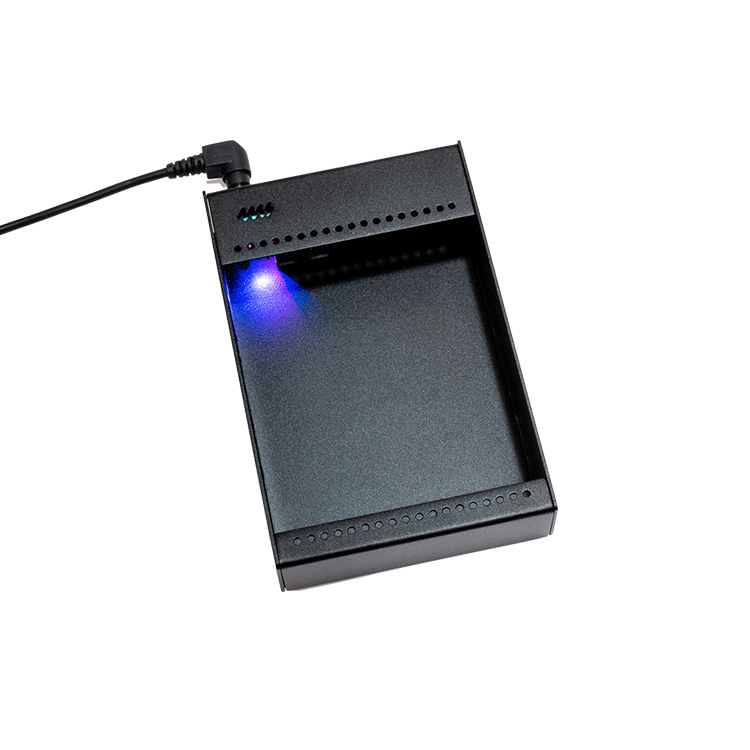
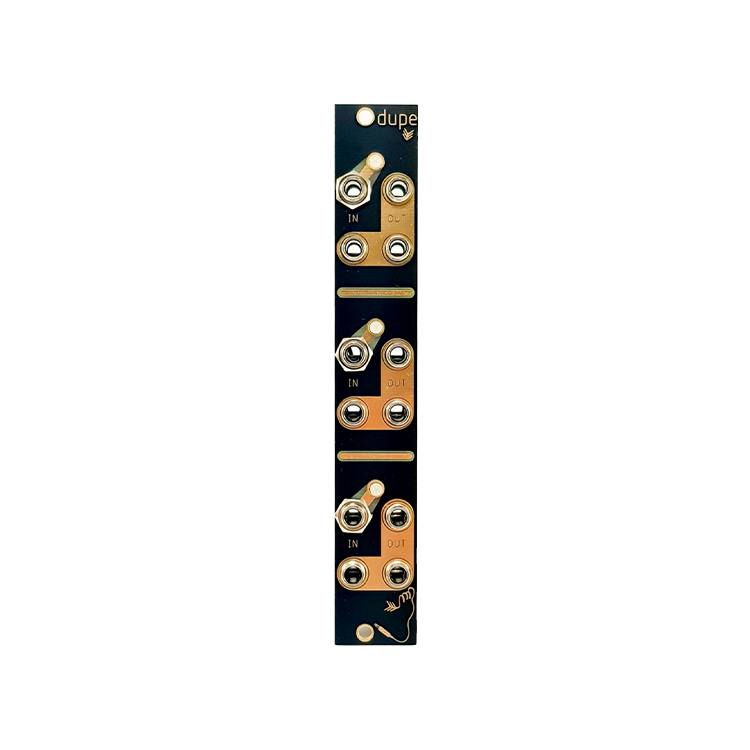
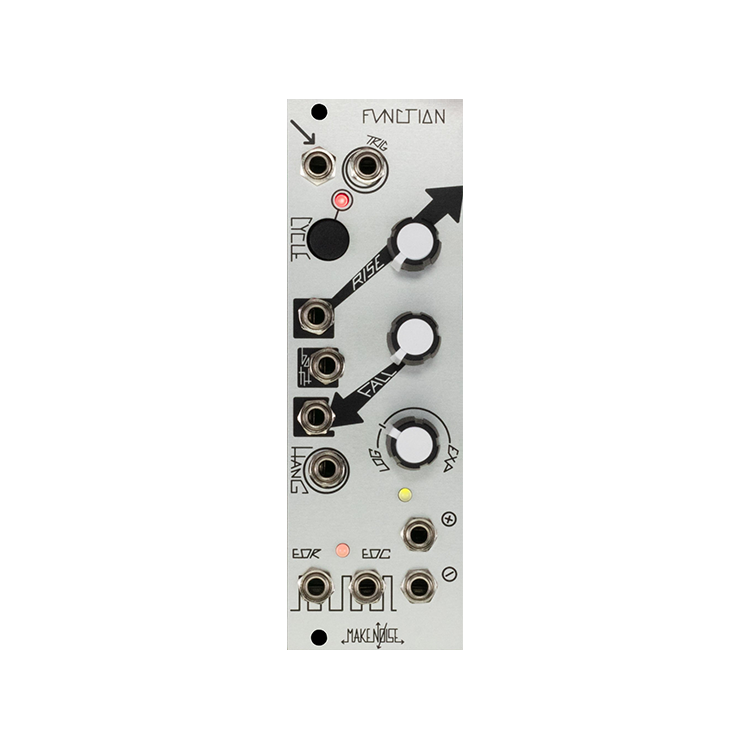
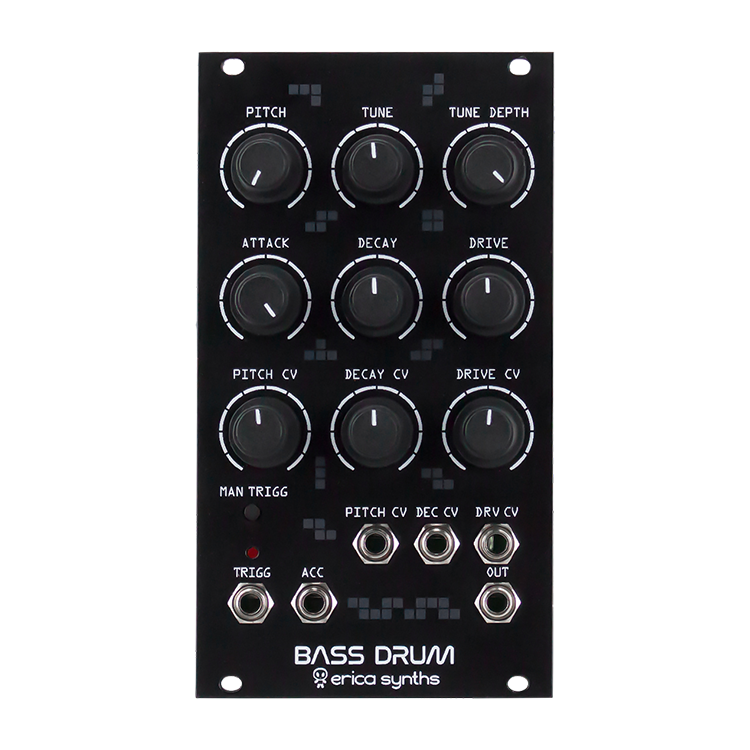
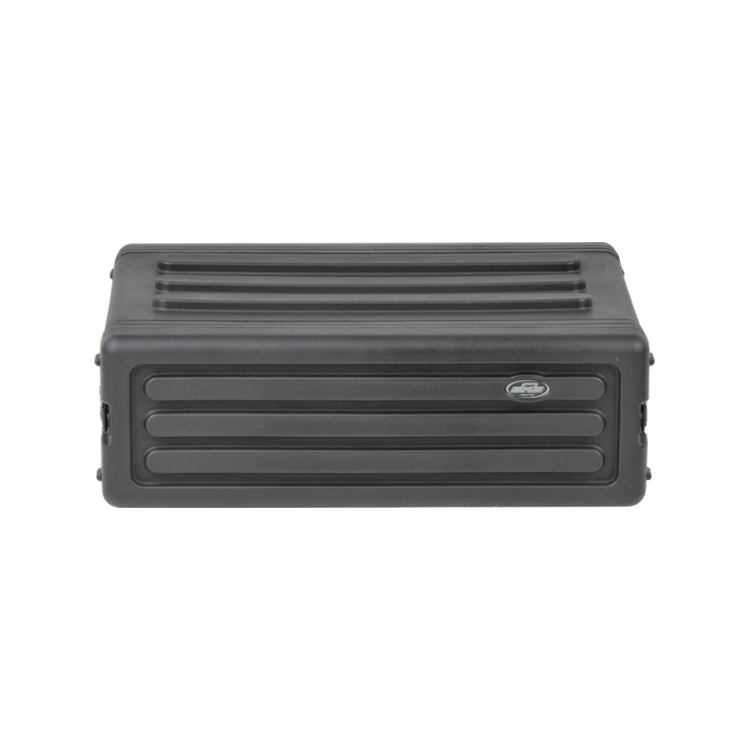
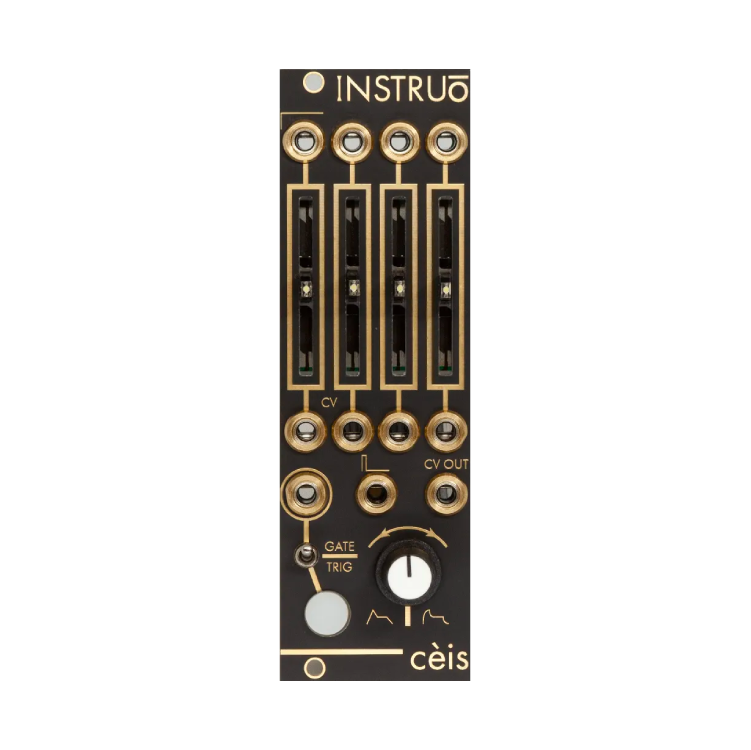
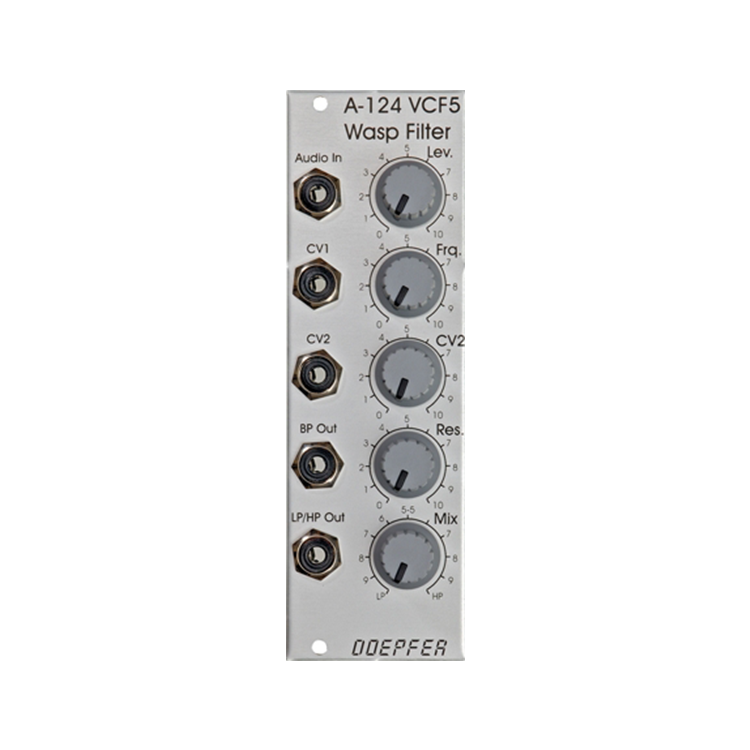

目前尚無評論